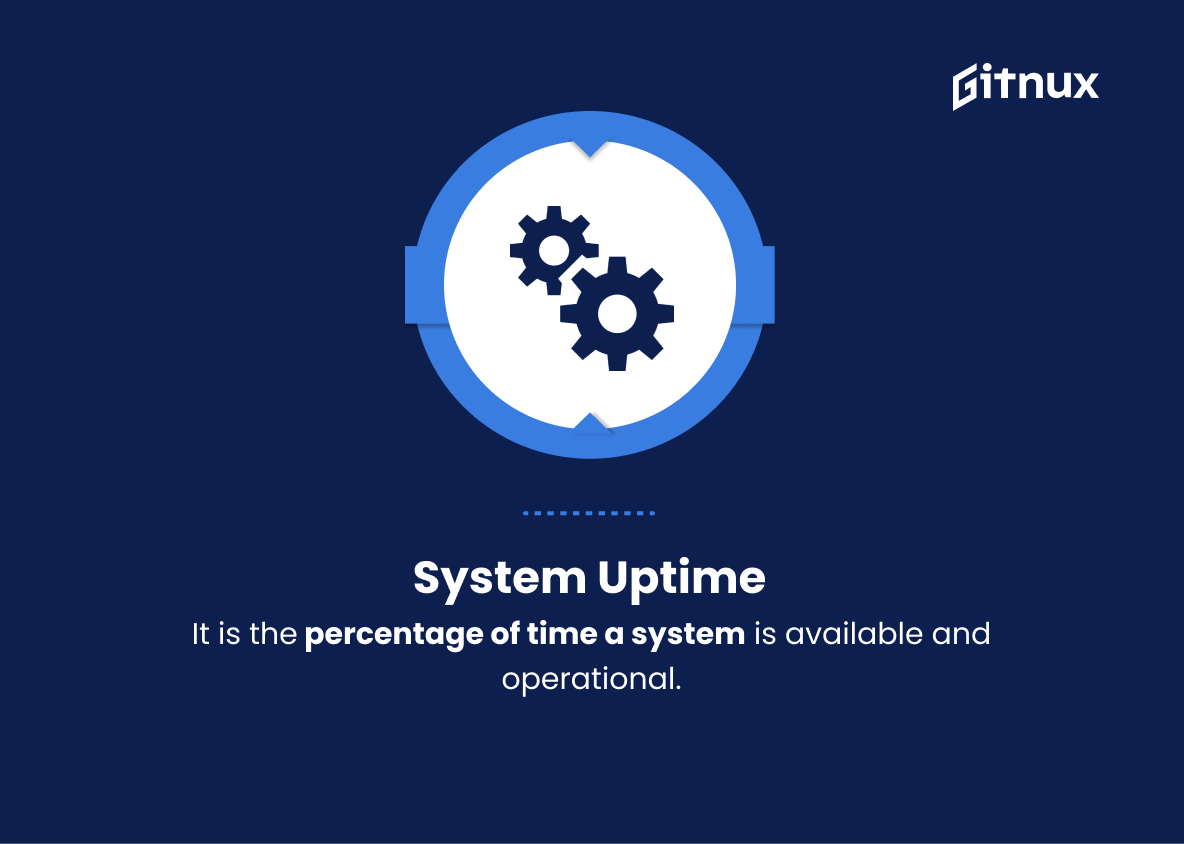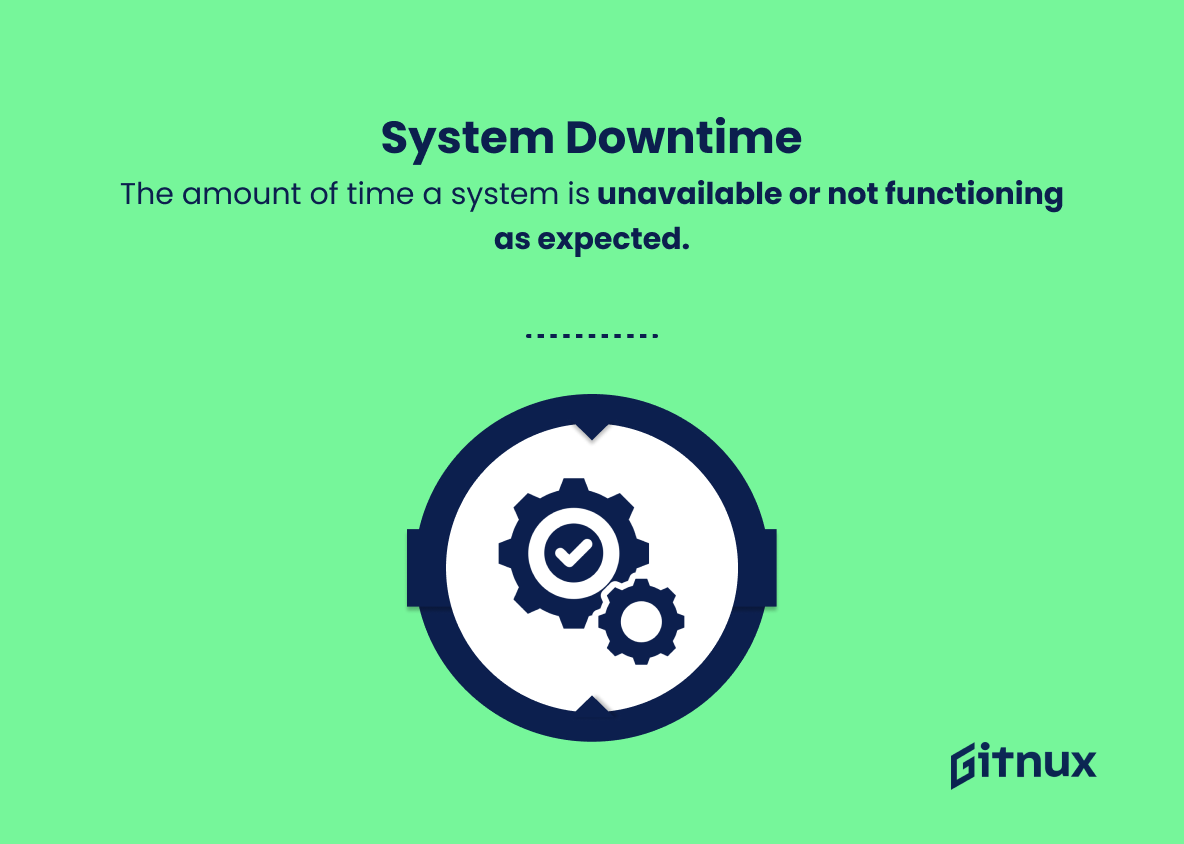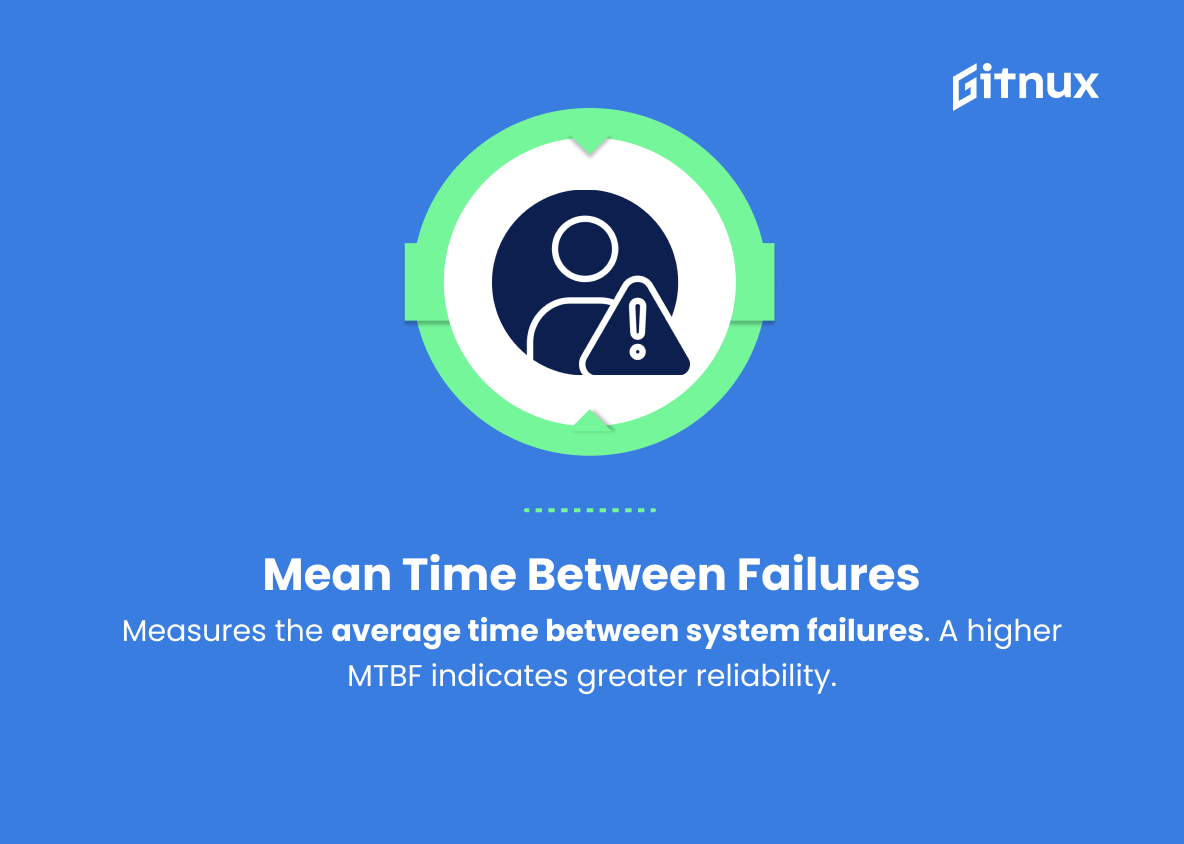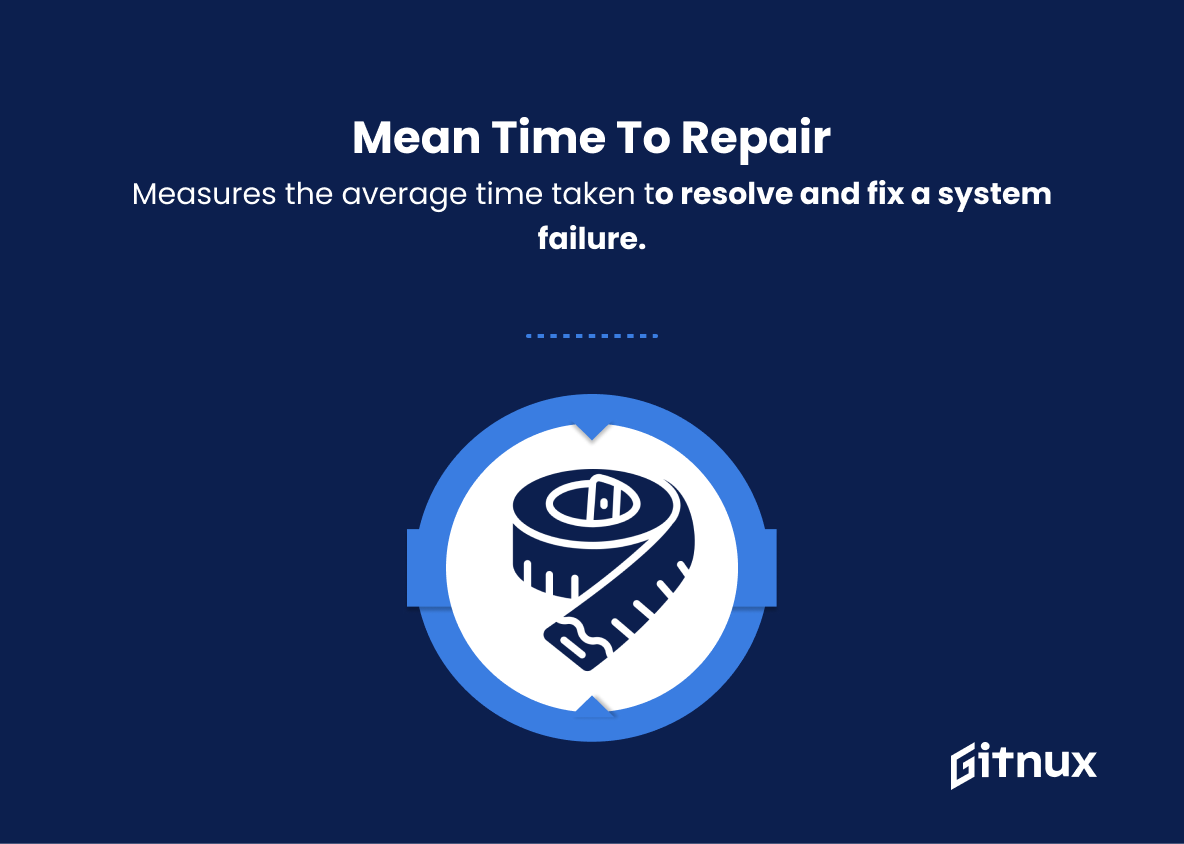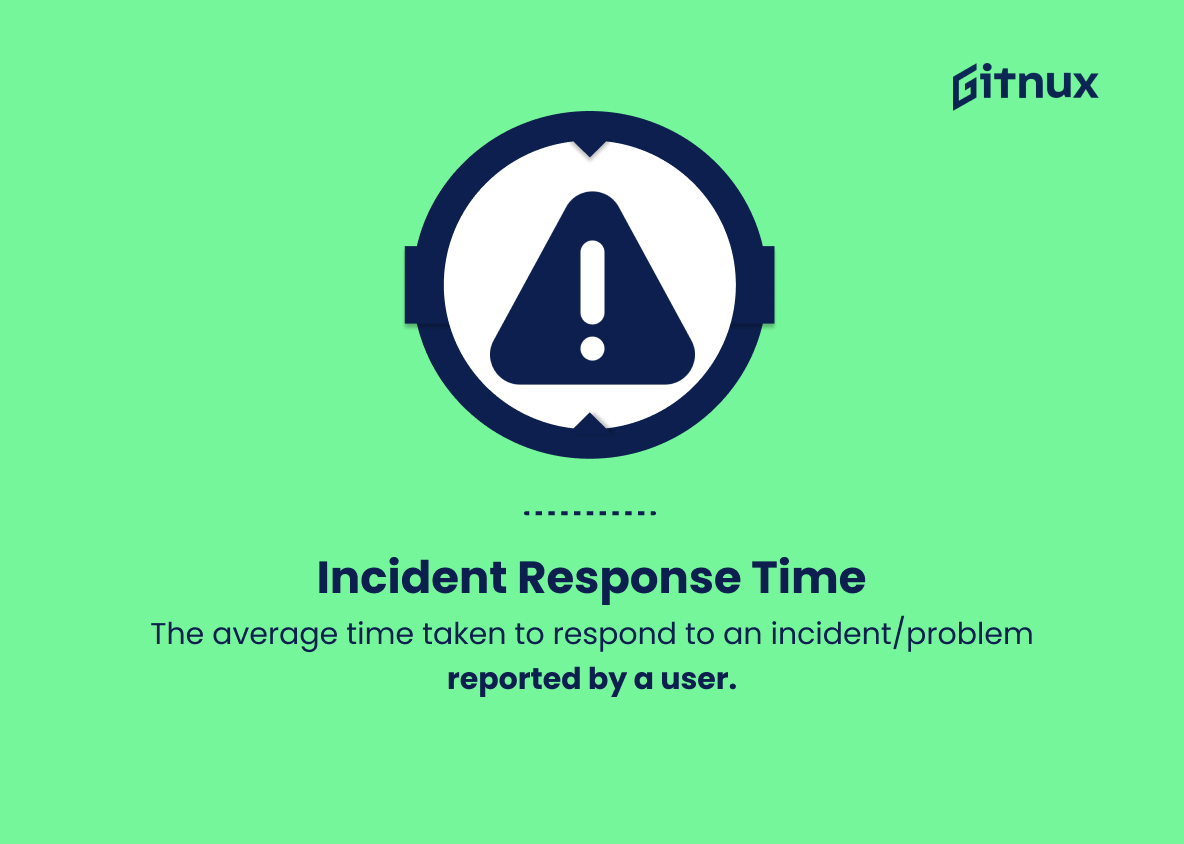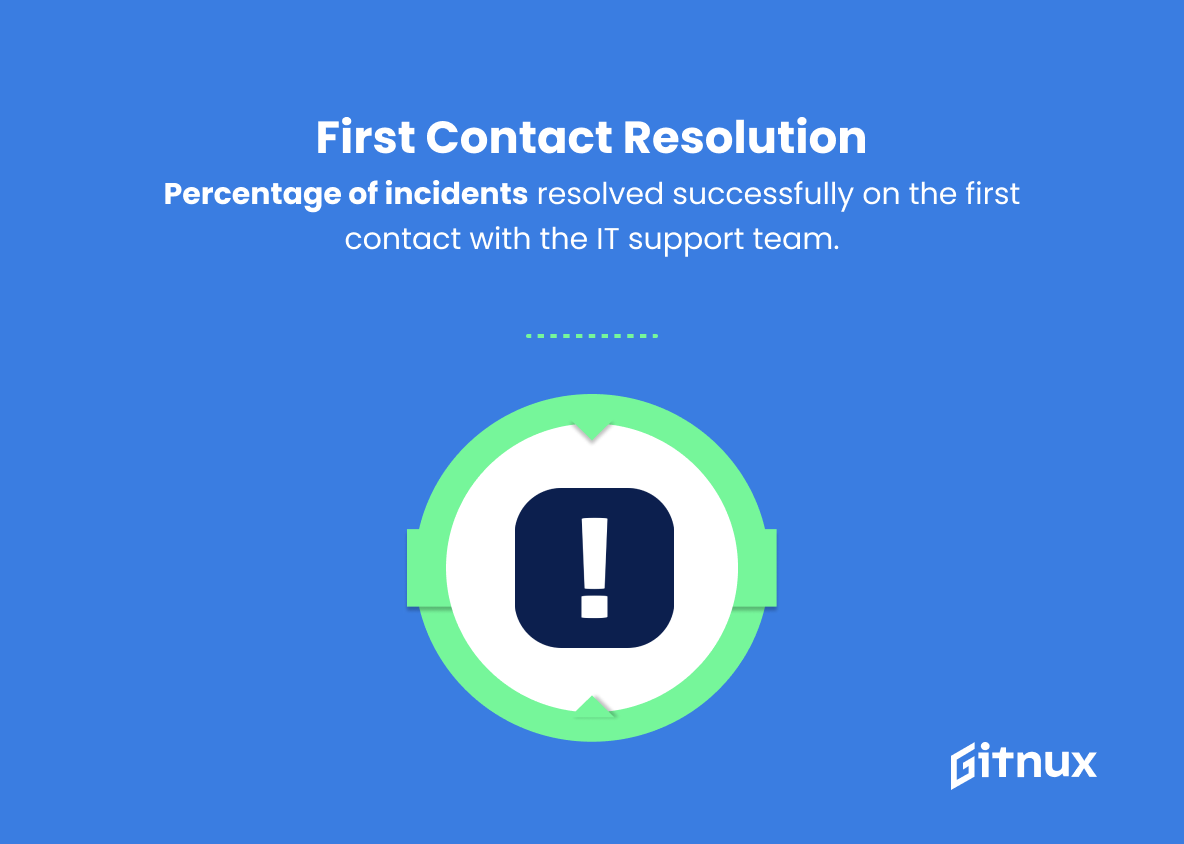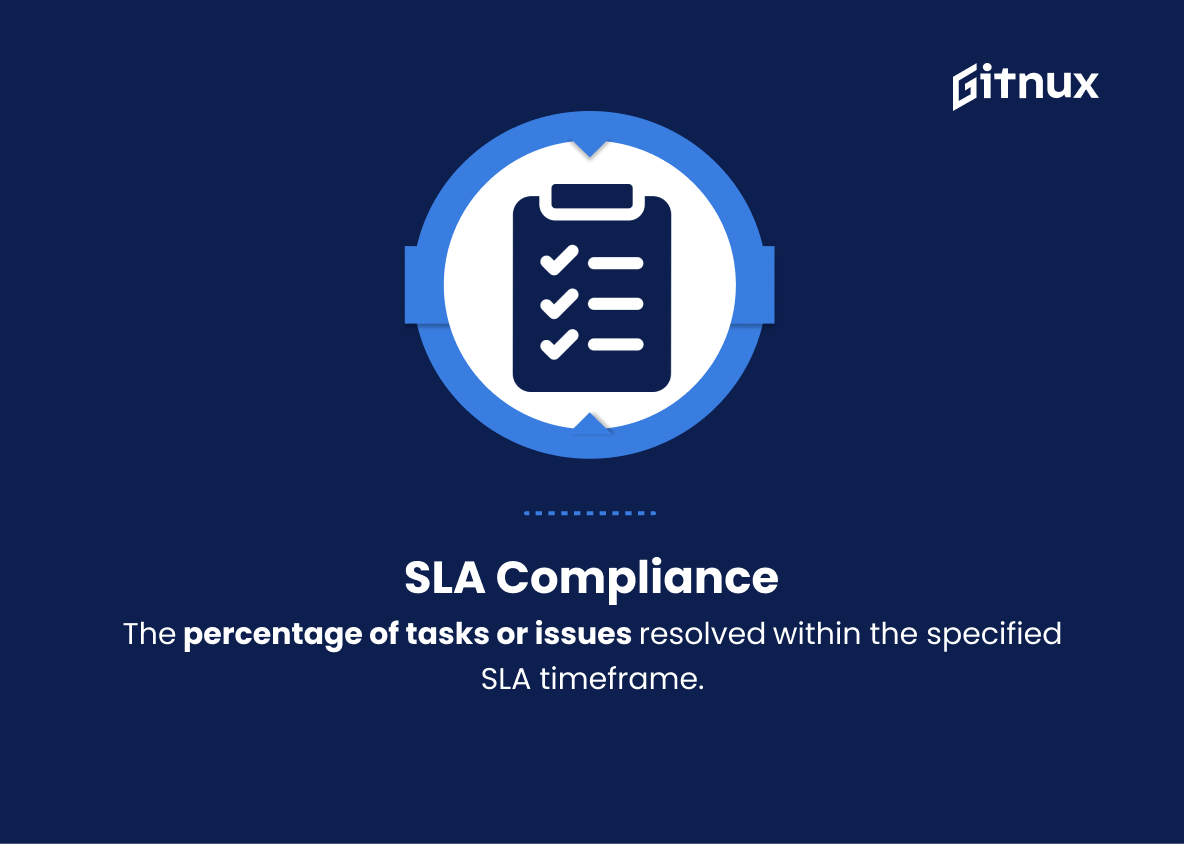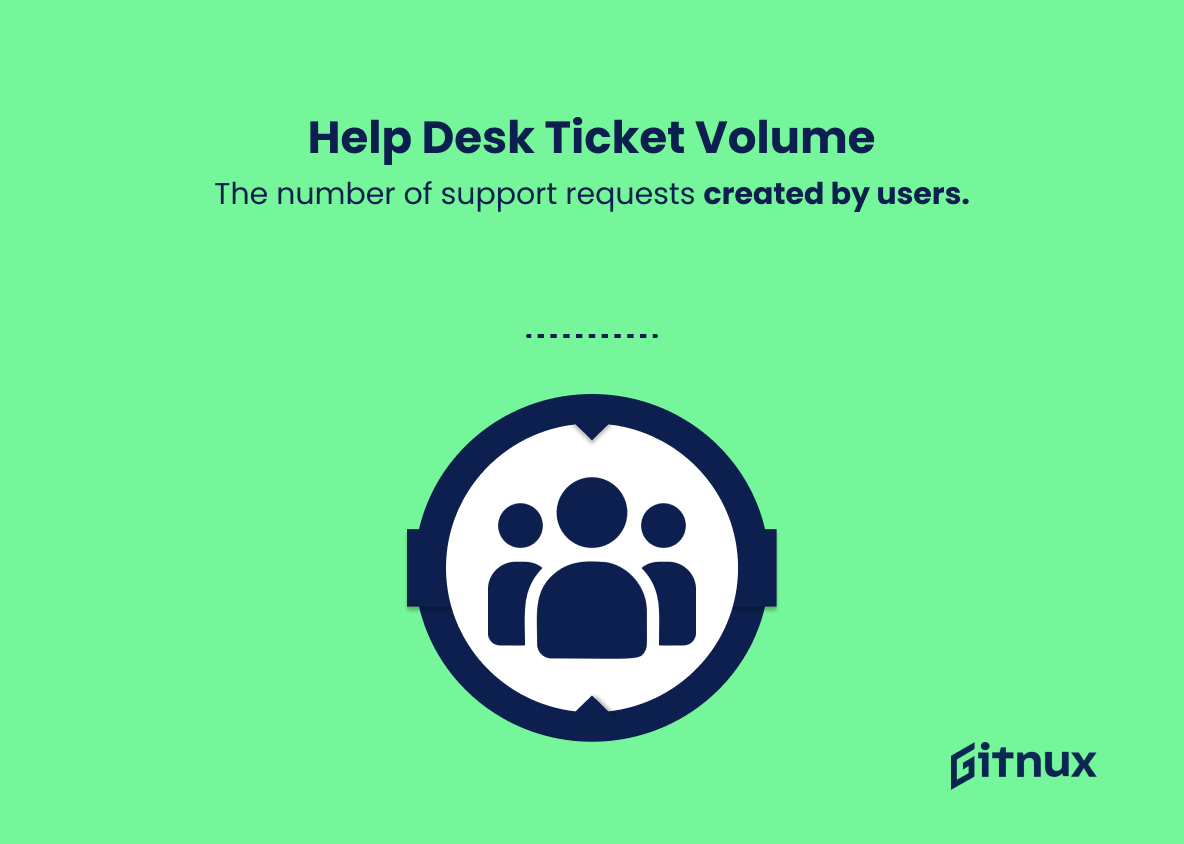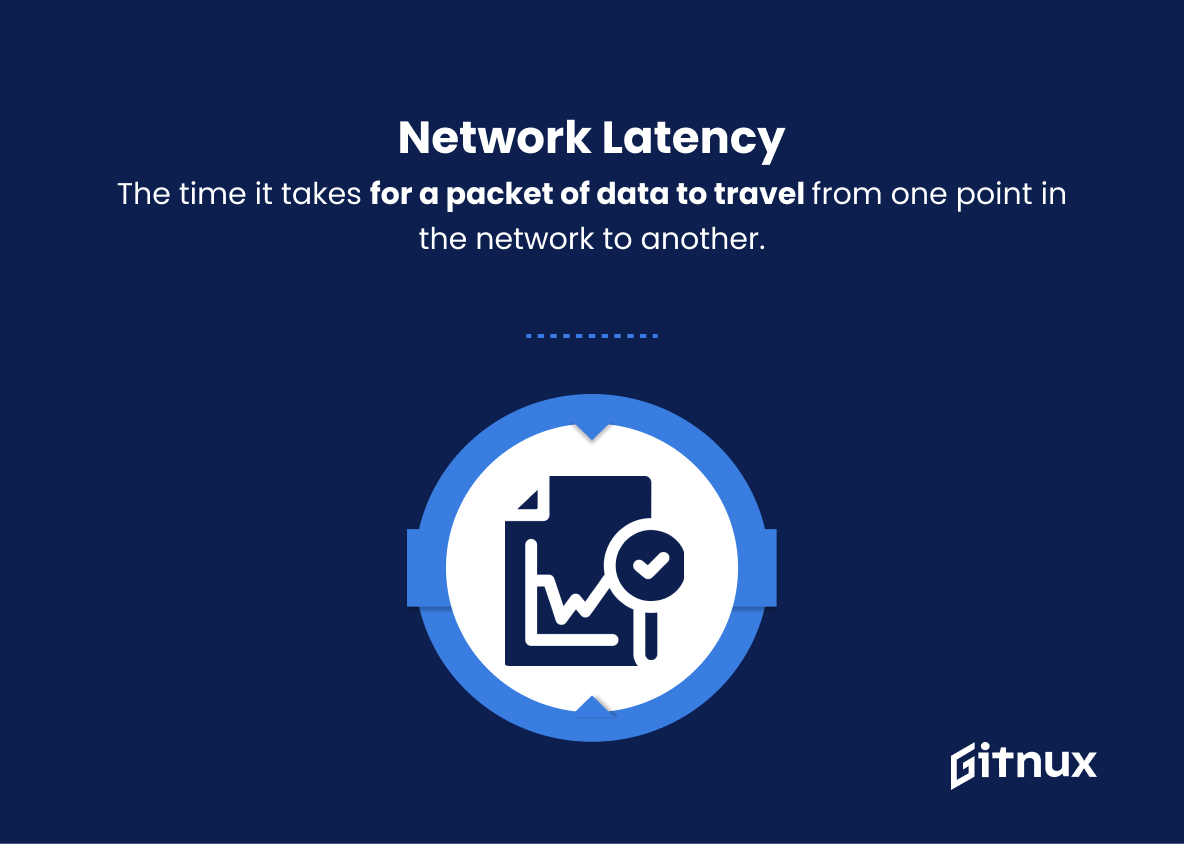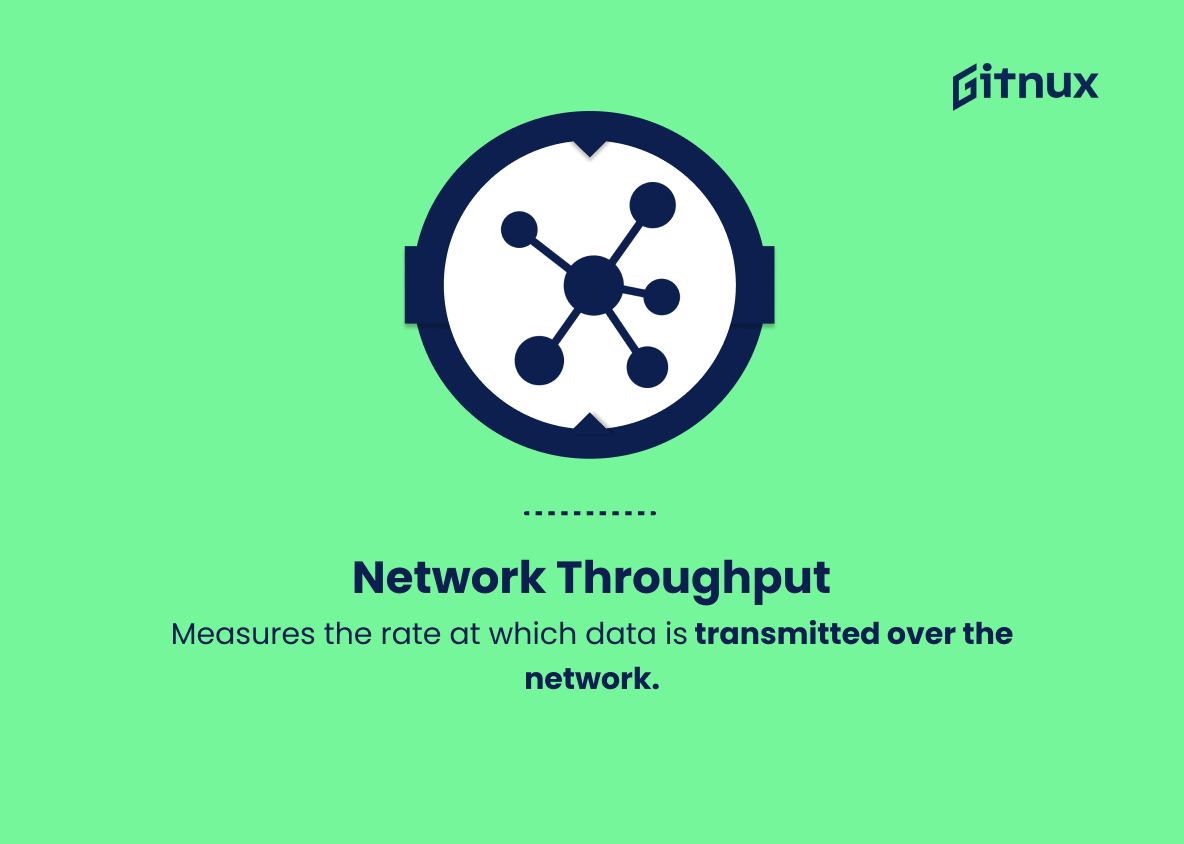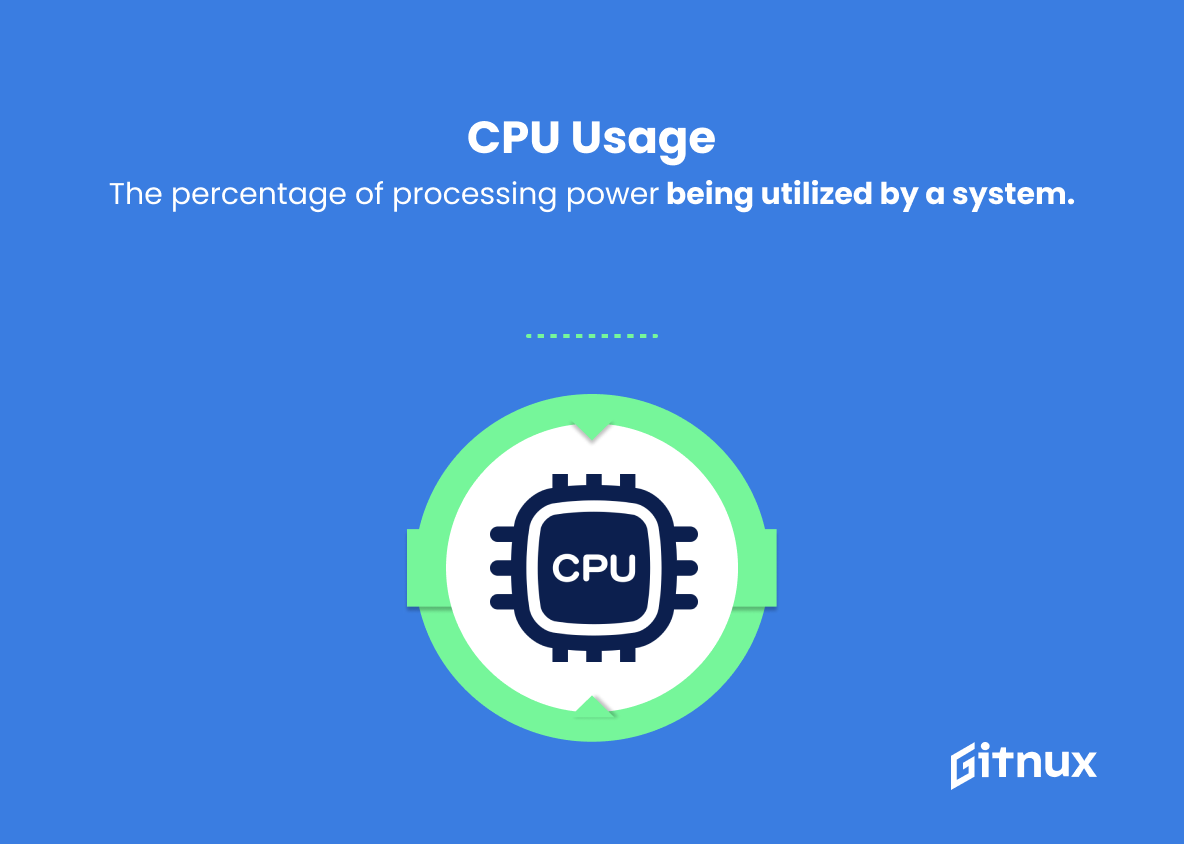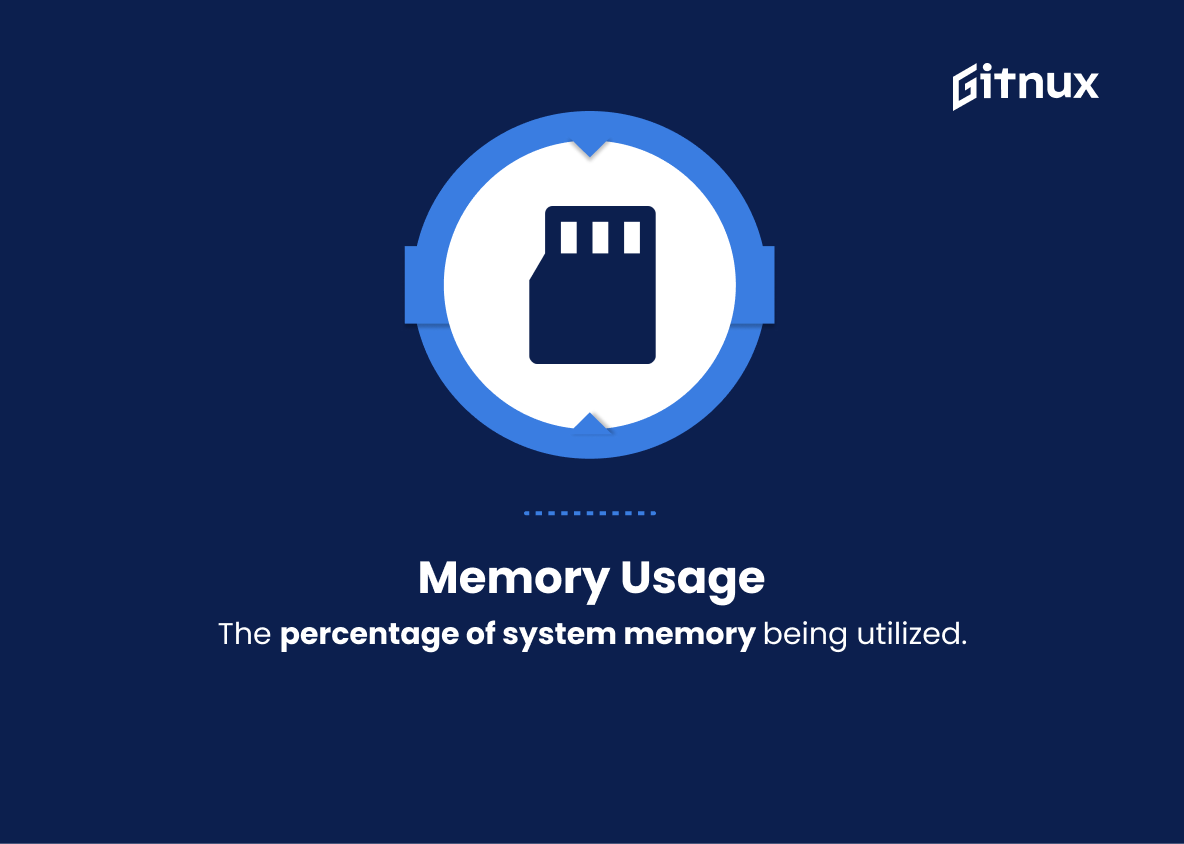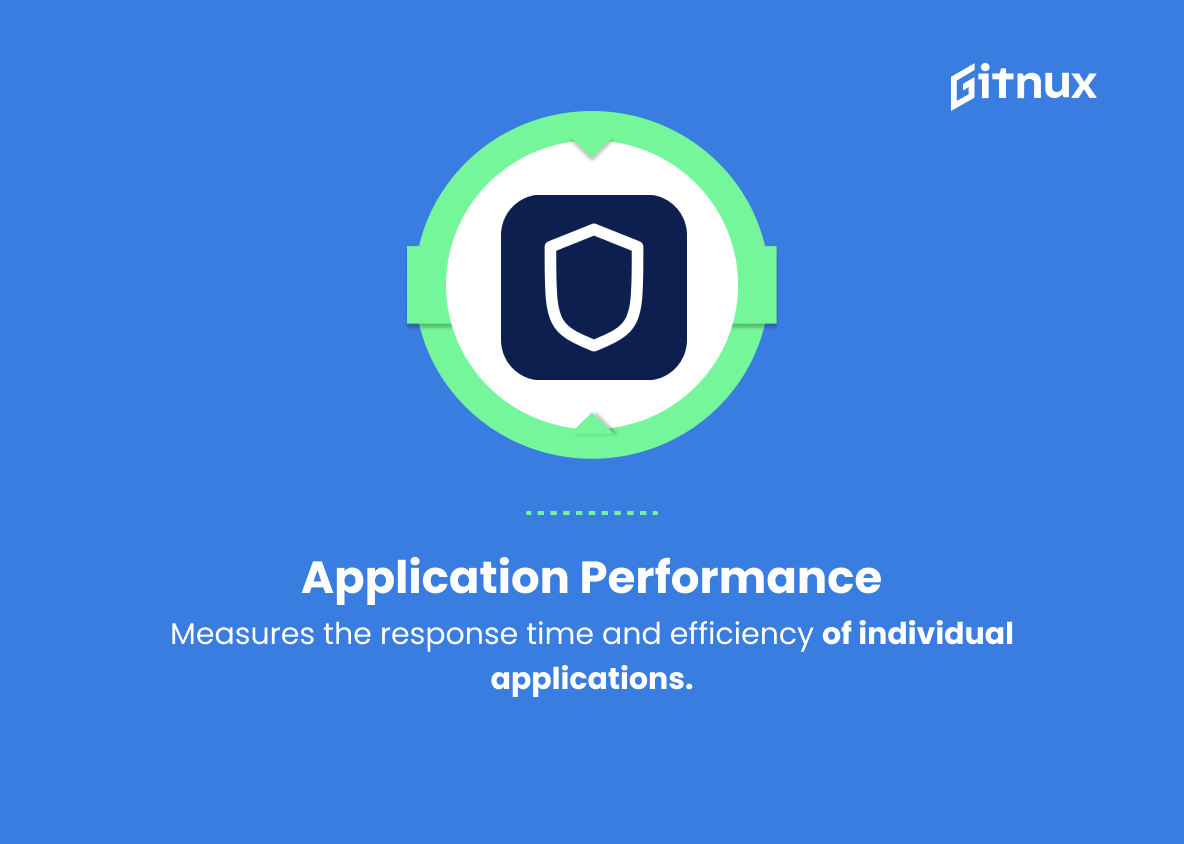In today’s fast-paced, data-driven world, businesses are continually striving to gain a competitive edge and make informed decisions. Key Performance Indicators (KPIs) have become critical tools for organizations seeking to measure success and optimize performance. As essential drivers of growth and progress, KPIs play a pivotal role in transforming abstract ideas into tangible results.
This in-depth blog post delves into the intricacies of IT KPIs, shedding light on their importance, how to select the appropriate indicators, and the most effective strategies to harness their power in steering your organization towards its ultimate goals. Join us as we explore the indispensable role of IT KPIs in shaping the future success of businesses across industries.
It KPIs You Should Know
1. System Uptime
It is the percentage of time a system is available and operational. The higher the uptime, the more reliable it is.
2. System Downtime
The amount of time a system is unavailable or not functioning as expected. This KPI helps identify system reliability issues that could impact business processes.
Incident Response Time si the average time taken to respond to an incident/problem reported by a user.3. Mean Time Between Failures (MTBF)
Measures the average time between system failures. A higher MTBF indicates greater reliability.
4. Mean Time to Repair (MTTR)
Measures the average time taken to resolve and fix a system failure. Lower MTTR shows efficient incident management and maintenance processes.
5. Incident Response Time
The average time taken to respond to an incident/problem reported by a user. Faster response times indicate efficient support teams.
6. First Contact Resolution (FCR)
Percentage of incidents resolved successfully on the first contact with the IT support team. Higher FCR reflects better knowledge and expertise of the support team.
7. Service Level Agreement (SLA) Compliance
The percentage of tasks or issues resolved within the specified SLA timeframe. High SLA compliance indicates effective IT service delivery.
8. Help Desk Ticket Volume
The number of support requests created by users. Analyzing trends in ticket volume helps identify possible issues that require attention or opportunities for training and documentation.
Customer Satisfaction (CSAT) captures user feedback to assess how satisfied they are with the IT services provided.9. Help Desk Resolution Rate
The percentage of issues resolved by the help desk team without escalating to higher support levels. Higher resolution rates show effective first-level support.
10. Network Latency
The time it takes for a packet of data to travel from one point in the network to another. Lower network latency indicates better network performance.
11. Network Throughput
Measures the rate at which data is transmitted over the network. Higher throughput is an indication of good network health and capacity management.
12. CPU Usage
The percentage of processing power being utilized by a system. High CPU usage may indicate performance bottlenecks or a need for system upgrades.
13. Memory Usage
The percentage of system memory being utilized. High memory usage could lead to performance issues that may require an upgrade in system resources.
14. Storage Utilization
The percentage of total available storage being used. Monitoring storage utilization helps avoid capacity issues and plan for future growth.
15. Application Performance
Measures the response time and efficiency of individual applications. This KPI helps identify opportunities for optimization or potential issues impacting user experience.
16. Customer Satisfaction (CSAT)
Captures user feedback to assess how satisfied they are with the IT services provided. High CSAT scores demonstrate effective communication, collaboration, and support.
These are just a few examples of IT KPIs that can be used to evaluate and improve the performance of IT systems and support teams. Keep in mind that the selection of KPIs should be customized to your organization’s specific needs and objectives.
It KPIs Explained
IT KPIs serve as important markers to gauge the performance and efficiency of an organization’s technology systems and support teams. System Uptime and Downtime are critical KPIs in evaluating overall system reliability and identifying areas for improvement. Metrics such as Mean Time Between Failures (MTBF), Mean Time to Repair (MTTR), and Incident Response Time provide insights into a system’s stability and efficiency of incident management.
The expertise of support teams is determined through indicators like First Contact Resolution (FCR) and Help Desk Resolution Rate. Ensuring Service Level Agreement (SLA) Compliance and analyzing trends in Help Desk Ticket Volume plays a significant role in IT service delivery. Network performance is assessed through Network Latency, Network Throughput, CPU Usage, Memory Usage, and Storage Utilization, helping to steer IT infrastructure improvements.
Additionally, Application Performance and Customer Satisfaction (CSAT) scores convey the effectiveness of IT services and the overall user experience. Customizing these KPIs in line with organizational needs and objectives is crucial for constant enhancement and monitoring of IT systems and support teams.
Conclusion
In the world of business, tracking progress and making informed decisions is crucial for success. Key Performance Indicators (KPIs) serve as valuable tools to monitor and analyze the data needed to guide businesses towards their objectives. By setting clear, measurable KPIs related to the specific goals of your business, you can significantly improve your chances of reaching those targets.
By staying focused on these indicators, you can stay agile within an ever-changing business landscape, learning from past experiences, and evolving to meet the demands of the future. Remember, monitoring the right KPIs can be the difference between growth and stagnation – so choose them wisely and watch your business thrive.
